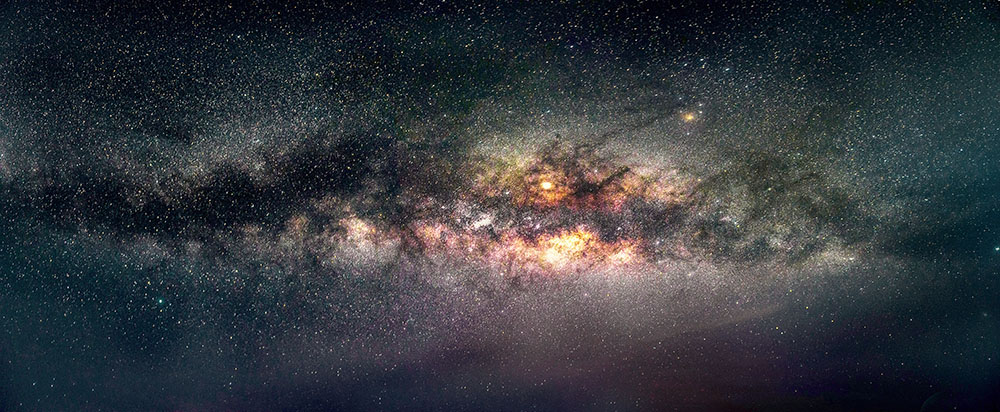
When: Friday January 28th, 2022 at 3 pm
Where: Zoom https://ucsd.zoom.us/j/95223629677?pwd=eXZtK2JKbVMwTWM4OUpqVGpEWS9kUT09
Abstract: I will discuss insights from analytic and numerical models of galactic chemical evolution and observations of Milky Way elemental abundances from the Sloan Digital Sky Survey’s APOGEE project. Under generic model assumptions, abundances and abundance ratios do not change continuously but approach an equilibrium in which element production from nucleosynthesis is balanced by element depletion from star formation and outflows. APOGEE observations show that the distributions of stars in (magnesium, iron, age)-space change steadily across the Milky Way disk, with features that suggest radial migration of stars and complexity in the Galactic star formation history. However, the median trends of abundance ratios are remarkably stable throughout the disk and bulge, which allows these trends to provide empirical constraints on supernova nucleosynthesis that are insensitive to uncertainties in other aspects of chemical evolution. A 2-parameter model that represents a star’s abundances as the sum of a “core collapse supernova process” and a “Type Ia supernova process” can fit the ~15 elemental abundances measured by APOGEE to an accuracy of 0.01-0.03 dex for most Milky Way disk stars. The correlated star-by-star deviations from this model demonstrate the existence of multiple “hidden” dimensions of chemical enrichment, offering further insight on the physics of nucleosynthesis and the history of distinctive stellar populations.

